Negative space is probably a term you’ve heard on numerous occasions. But if you have never been quite sure of what it means, it’s pretty simple: negative space is just the “empty” space surrounding the subject in a photograph.
Of course, there’s something surrounding the subject — a blurred background, a blue sky, patterns on a wall.
But this perceived emptiness occupies the majority of the visual real estate within the frame.
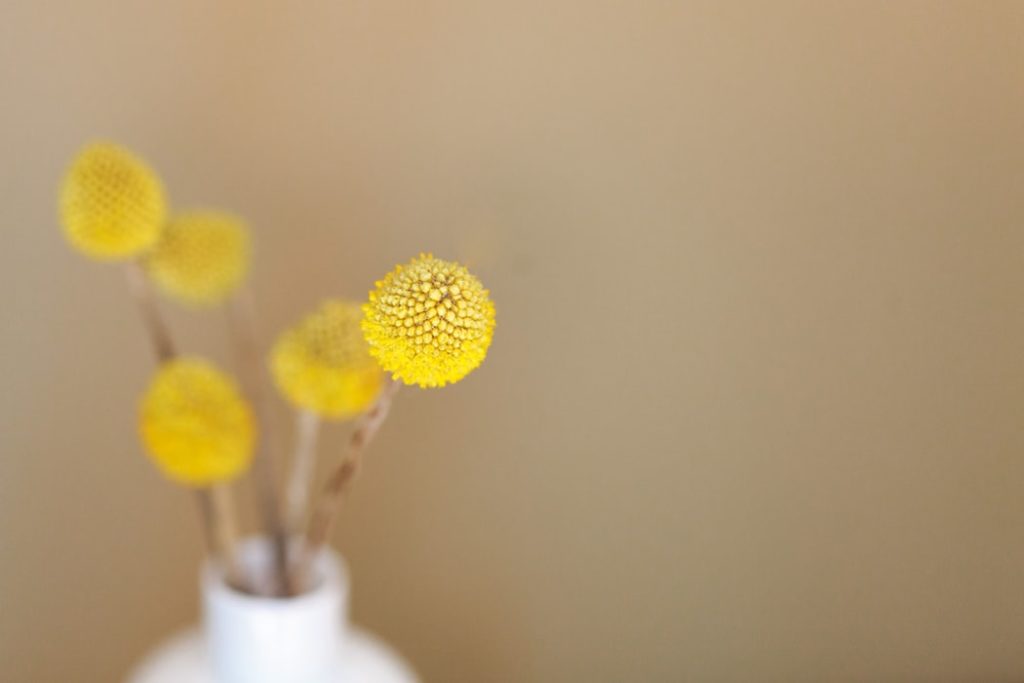
So now that you know what negative space is, you may be wondering what impact it has on a photo.
Below you will learn of three ways to use negative space to create captivating photos.
1. Isolate The Subject
This is the most obvious and most common use of negative space.
By using a spacious, distraction-free background, you put all the attention on your subject. All the empty space surrounding your subject keeps the eye directed toward the main point of interest.
You can further strengthen this directive quality with composition. Using the rule of thirds and leading lines will only enhance the aesthetics of your image and maximize the effectiveness of the negative space.
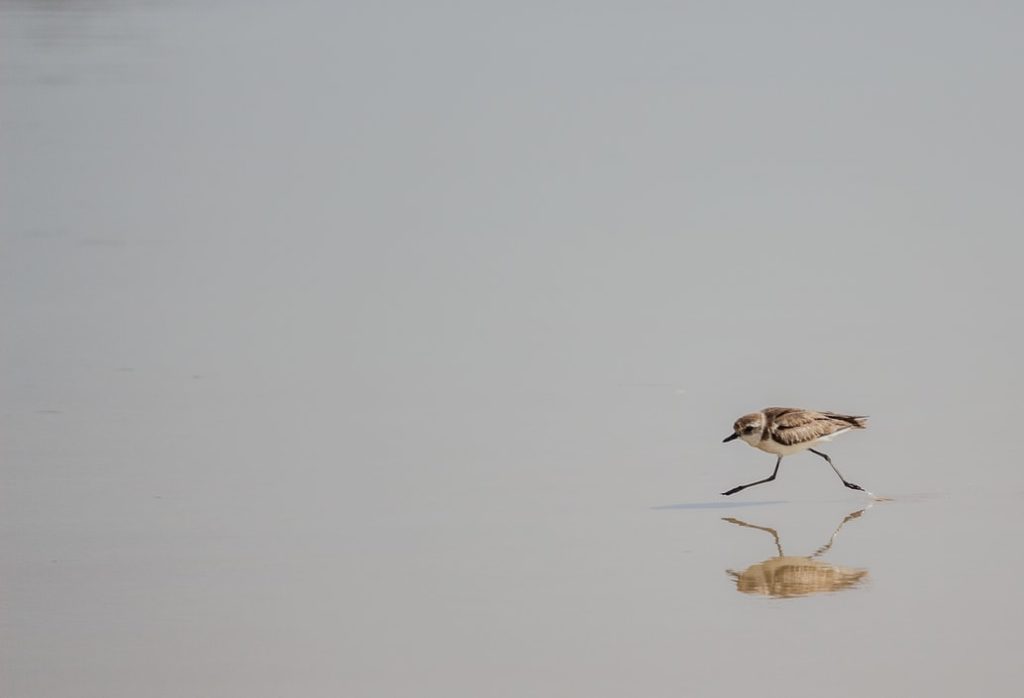
2. Emphasize Scale
We often fail to get a true sense of how big or small something is until we see it in relation to some other familiar object.
We can see a picture of a desert and know that it covers a vast area, but when we see a person walking through that space, we get a much better sense of how big the desert is.
Establishing this sort of visual relationship emphasizes the concept of scale.
Again, you can maximize the effect by using strong composition. By placing your subject off-centre and near the edge of the frame, you create far more impact than if your subject were centred.
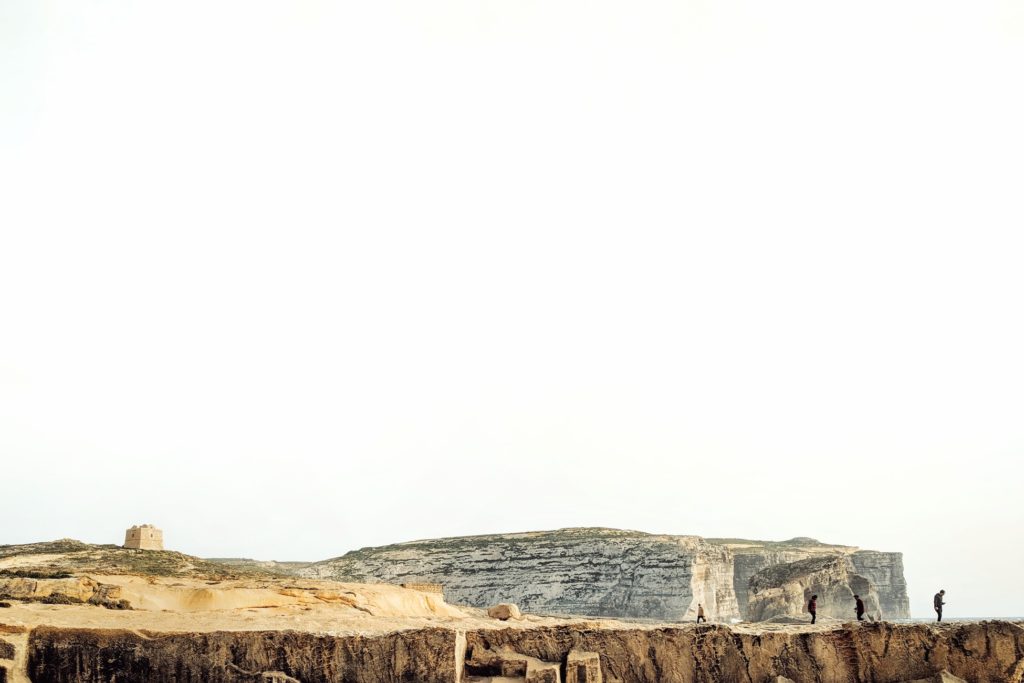
3. Imply Movement
There are many ways to express motion in photography. Perhaps the first thing that comes to mind for you is using a slow shutter speed to create motion blur.
As an alternative, you can freeze motion and use negative space to help imply movement by composing your shot so that there is plenty of empty space in front of your subject. This will give the impression that your subject is moving into that space.
You can also combine negative space and motion blur — the panning technique works particularly well with negative space, as you can convey motion while simultaneously creating negative space with the background blur.
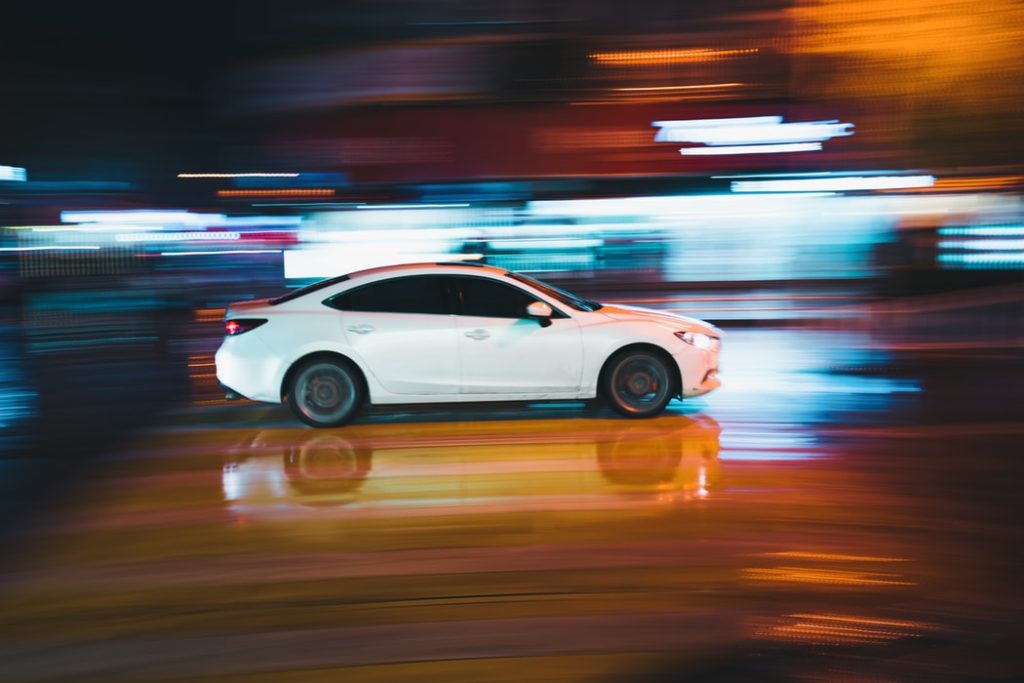
Final Thoughts
Negative space is an incredibly powerful visual device that works well with any subject and can be enhanced by incorporating strong composition. It is well worth your time and effort to experiment with negative space and find different ways to make it work for you.



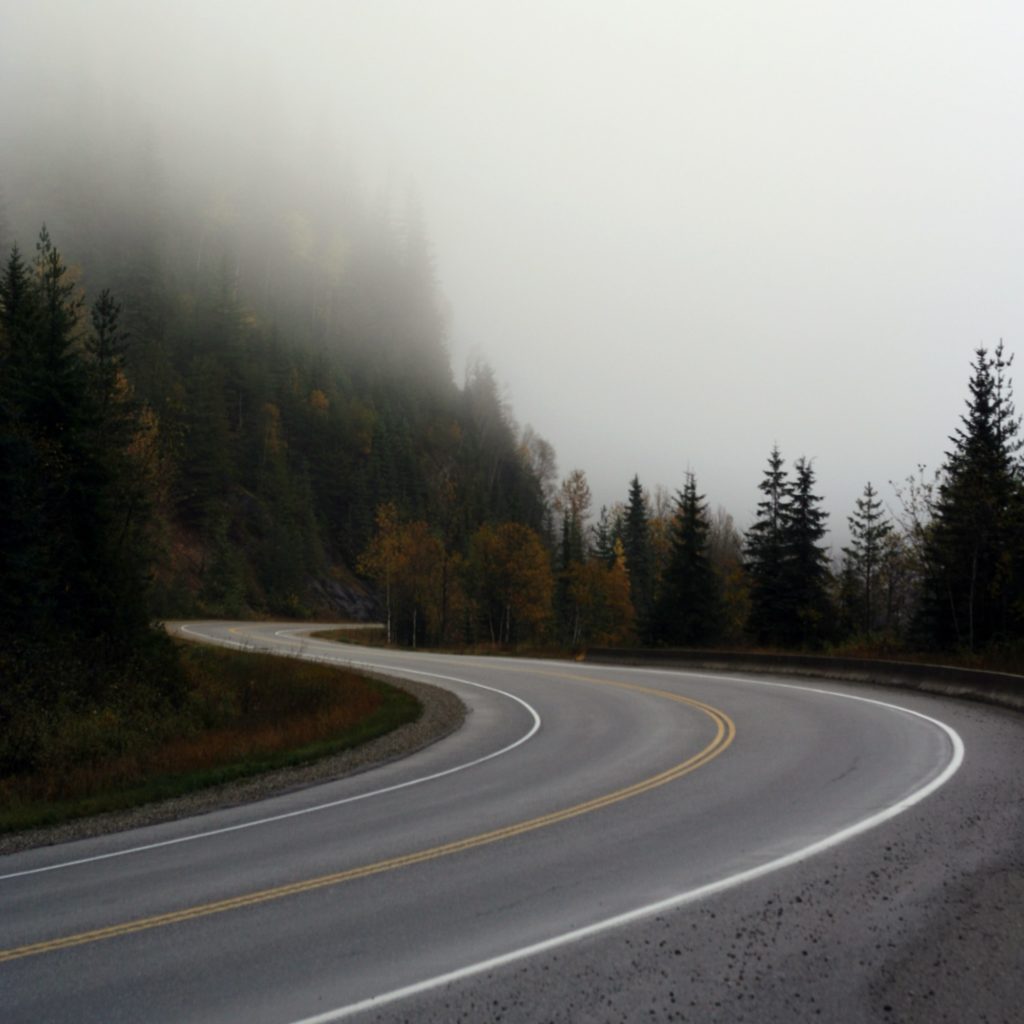
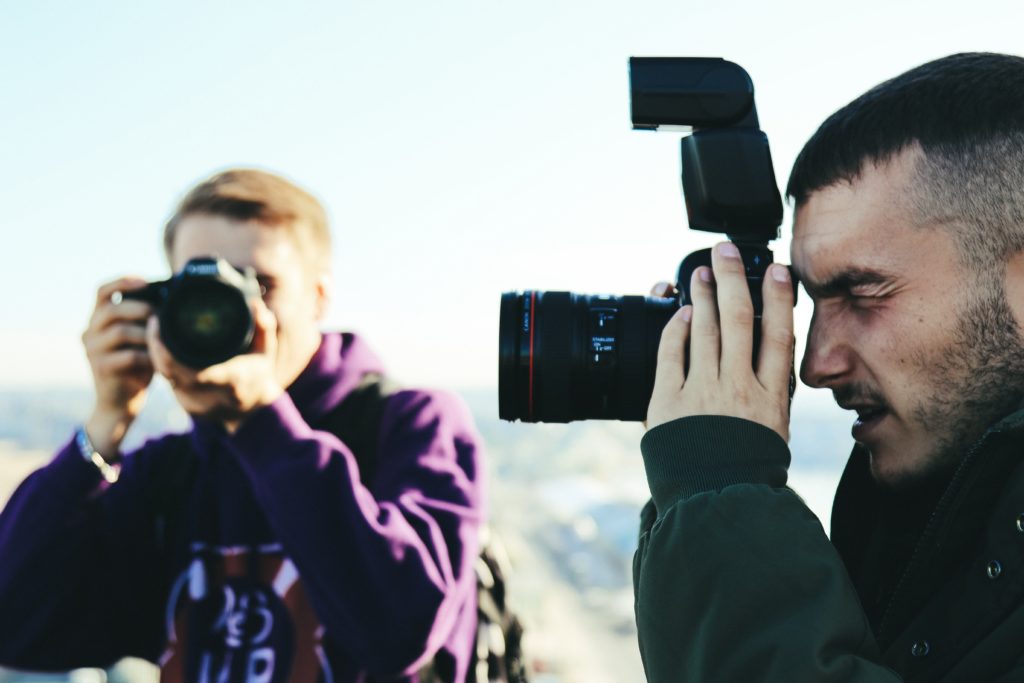
1 Comment
A very good way to show the relationship between the subject & the surroundings plus how to compose the shot.